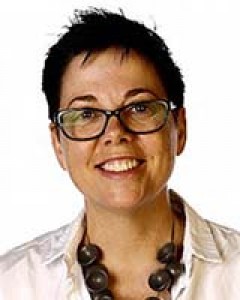early abstract:
Introduction: As part of an oral health service for Aboriginal people in Central Northern New South Wales (NSW), oral health promotion was identified as a priority by the local Aboriginal community. The objective of this study was to collaborate with local Aboriginal communities to determine: (1) the oral health needs of Aboriginal children aged 5-12 years; (2) the oral health knowledge and attitudes towards oral health of parents/guardians and (3) the perceived barriers and enablers towards oral health promotion for school children by local school staff and community health workers. The results of this collaboration will inform a community owned oral health promotion program.
Methods: Aboriginal children aged 5-12 years enrolled in local schools received a dental screening by a single examiner. The number of decayed, missing and filled teeth (dmft/DMFT), plaque and gingivitis were recorded. Children completed a questionnaire assessing current oral hygiene practices, dental history and information on their diet. Parents/guardians completed a questionnaire assessing oral health knowledge and attitudes towards oral health. School staff and community health workers completed a questionnaire assessing attitudes barriers and enablers towards implementing an oral health promotion program in schools.
Results: Eighty-eight children, representing 94% of those eligible were screened, and 78 (82%) completed a questionnaire. The mean dmft/DMFT score was 5.3. Risk factors for dental caries identified included: low toothbrush ownership (35%); minimal fluoride toothpaste use (24%); limited daily tooth brushing (51%); and frequent consumption of sugary foods (72%) and soft drinks (64%). Questionnaires were completed by 32 parents/guardians and 39 school and community health workers. Parents/guardians had limited oral health knowledge. School and health staff were willing to support a health promotion program to improve dental health of children.
Conclusion: Aboriginal children living in rural and remote communities in NSW experience high rates of dental caries. Oral health promotion is urgently required to reduce the burden of dental caries and should address oral hygiene behaviours, fluoride use, and access to healthy foods and drinks.


